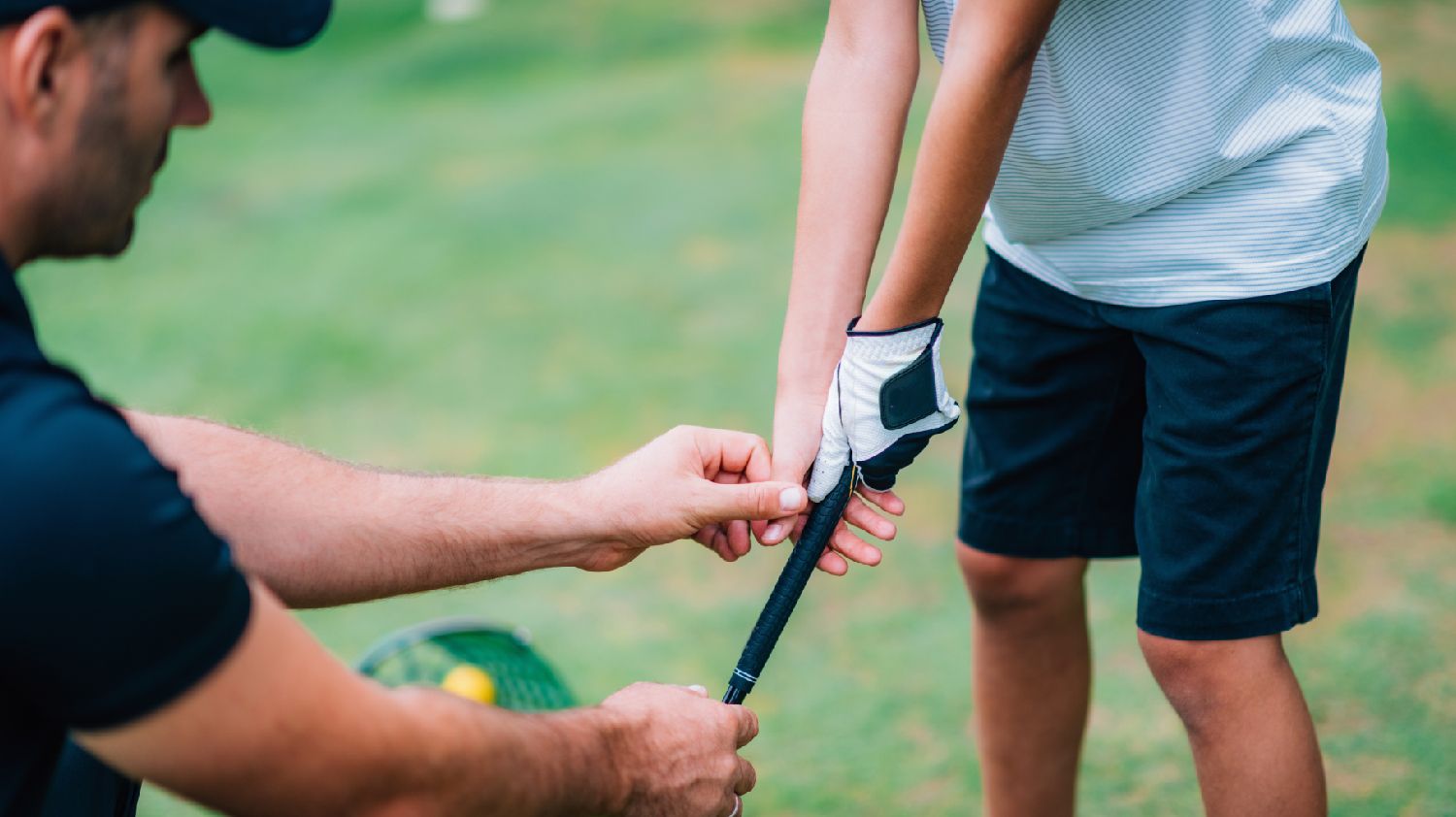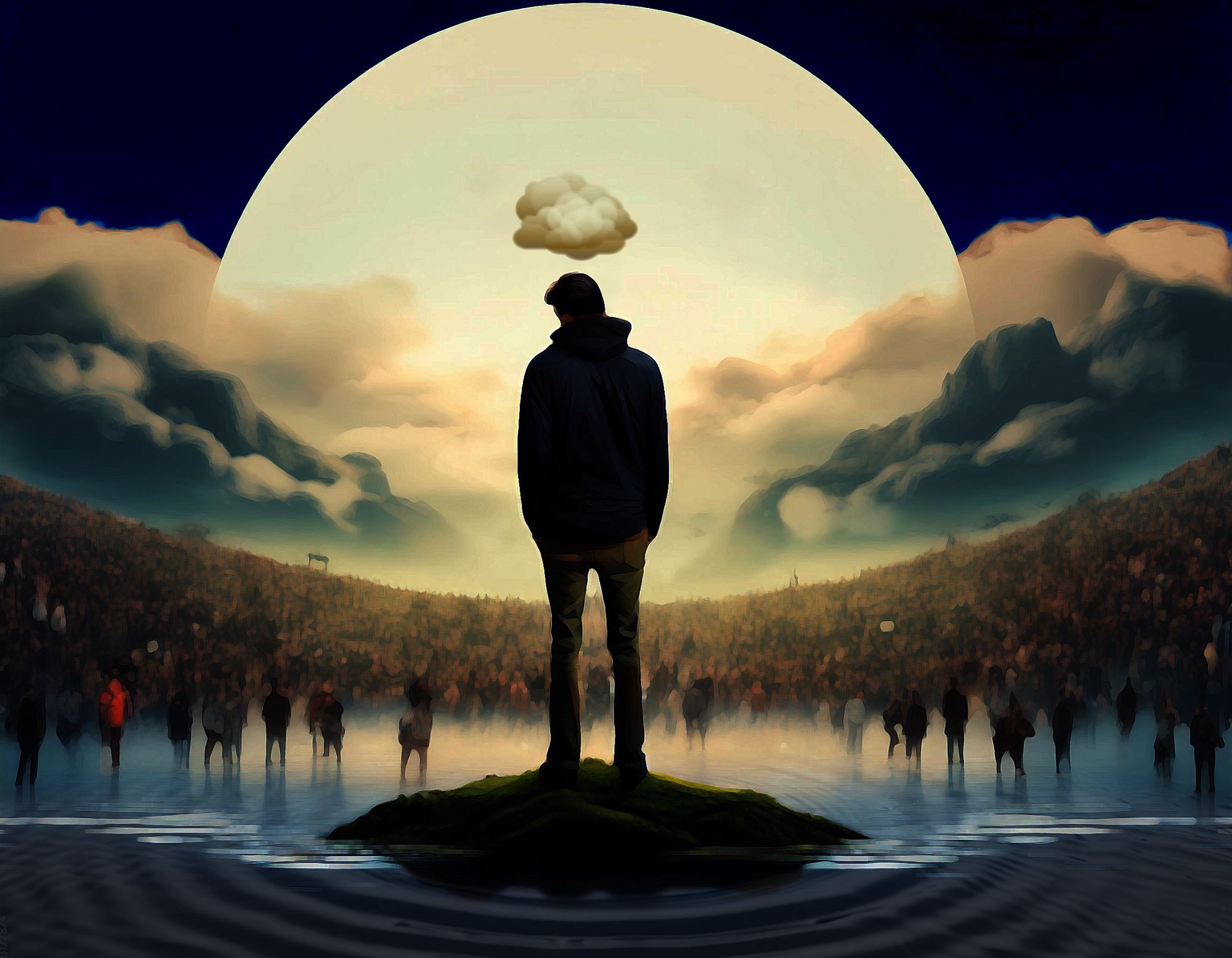- https://eisenhower.armymwr.com/info/special-features/Bullying
- https://www.amandatoddlegacy.org/
- John Walsh (Adam Walsh) America’s Most Wanted
- https://www.cbc.ca/news/canada/british-columbia/carol-todd-on-aydin-coban-1.6544901
- https://www.missingkids.org/blog/2024/reviving-justice-amw-returns#:~:text=%22AMW%22%20originally%20premiered%20in%20February,show%20was%20canceled%20in%202011.
- https://www.bbc.com/news/world-europe-67787843
- https://drkimmyramotar.com/list-of-hotlines/
By: Jenifer Chrisman
“If you never heal from what hurt you, you’ll bleed on people who didn’t cut you.”
– Tamara Kulish
A number of years back, the Army released the Hurts One, Affects All campaign to bring awareness to sexual assault. These four little words perfectly describe the effects on the victims, and those around them. However, they hold a far deeper connotation. They encompass every and all Types of Abuse (PDF) and the spiraling miasma of emotions that go with these traumas (fear, anger, shame, anxiety, confusion, self-doubt, depression, isolation, hopelessness, resentment, powerlessness, etc.).
And, whether the victim realizes it or not, the harsh reality is that everyone around that person also is affected. The weight of what the victim has gone through, or is going through, ripples (The Ripple Effect: A Duality) outward and can become a heavy weight upon loved ones:
“What could I have done to prevent this?”
“Why didn’t I say something?”
“Why wasn’t I paying closer attention?”
“Why didn’t I trust my instincts?”
“Why didn’t I ask more questions?”
Family, friends and co-workers are beset with a barrage of emotions (grief, guilt, isolation, stress, depression and anxiety, just to name a few), while close family and friends often feel the victim’s pain as if they themselves are the ones who were abused. Many find themselves becoming aggressive or, conversely, feeling very vulnerable.
Some find untapped strengths they could never have imagined prior to a loved one’s abuse. It can spur them to have laws changed, start organizations to help others facing similar situations, as well as spreading awareness, become victim’s rights advocates and so on.
In October of 2014, I wrote “Bullying…Nobody Deserves This,” about bullying victim Amanda Todd1, who committed suicide at the age of 15. While the story was about Amanda, there was a short follow-up about her victimizers and a brief mention of the Amanda Todd Legacy Society2. What the story doesn’t mention is what Amanda’s mother (as well as family and friends) went through during Amanda’s bullying and subsequent suicide.
Carol Todd, Amanda’s mother, did an interview in August of 2022, ten years after her daughter’s death (and shortly after the original perpetrator was convicted)6. Despite reading that article, along with several others from prior years, I still cannot begin to fathom what her mother/family/friends went through, let alone what Amanda herself suffered4. But her daughter’s tragedy inspired Todd to help prevent others from enduring what her daughter experienced.
Another such family member, who has long become a household name, is John Walsh. His son, Adam Walsh (age six) was kidnapped from a department store (July 27, 1981) and subsequently murdered. A successful developer of luxury hotels, Walsh became a victim’s rights advocate after his eldest son’s murder and launched America’s Most Wanted3 on February 7, 19885. The show has been so successful, to date more than 1,190 criminals have been caught.
Despite the many successes of those who suffer along with the victims or suffer for the victims (posthumously), others fall into darkness, turning to drugs, alcohol or a pit of depression they cannot seem to escape.
For the majority, life goes on. But whether they rise from the ashes, fall into despair or just continue moving forward, their lives are forever changed.
There is no minimizing, nor should there be, what the victims suffer. But that abuse and trauma has a profound effect on everyone around them, rippling outward, affecting more and more lives.
The abuse of just one person is a tragedy for all. The repercussions of that trauma can be felt for days, weeks, months, years or even a lifetime. And, depending on the scope and severity of the abuse, it can last for generations.
If you or someone you know is being abused or abusing themselves, there are many ways to get help. You are not alone. For a foreshortened list of national abuse hotlines, download this national abuse hotlines PDF. For a more comprehensive list, visit Dr. Kimmy Romotar's List of Hotlines7.
Sources:




